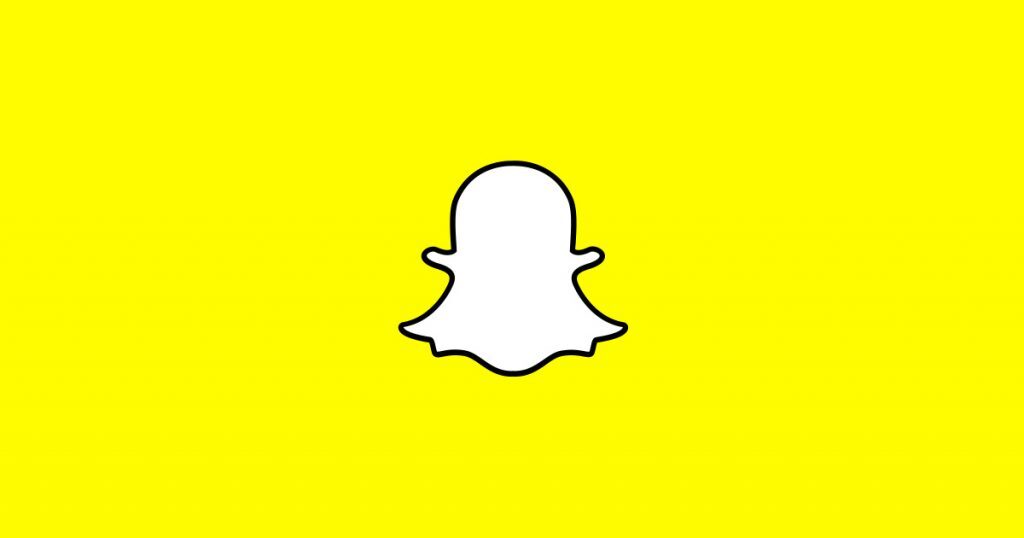If you want to see the changing nature of social media, then Snap’s listing last week is it.
The biggest IPO since Alibaba’s US$168bn in 2014, the Snapchat parent listed at three times that of Twitter, valuing it at $24bn on its first day, $28bn on its second.
And it still doesn’t make money. In fact, on revenue of $404m last year, it lost $514m and $373m the year before.
But the hype appears to be for its very active users, so-called millennials who check the app up to 18 times a day. Of its 158m users, two thirds update their content every day. That’s 100m people putting up videos of themselves with special effects like rainbows, funny glasses and other filters.
When SnapChat first began it was characterised by its self-destructing images but is now the poster child for what we should be calling Social Media 2.0 (or is it 3.0?).
It’s various filters and “Stories” have prompted Facebook – which offered its founders $3bn a few years ago, but was rebuffed – to mimic and replicate its features 17 times, according to industry watchers.
As has now become the traditional habit of founders owning disproportionate controlling shares (like Facebook’s Mark Zuckerberg), its co-founders Evan Spiegel and Bobby Murphy have retained significant control. After the listing, they are worth an estimated $3bn each.
Notwithstanding the meteoric rise last week, some analysts are already predicting its shares will cool, and have compared it to Fitbit and Groupon. Both are former stock market and media darlings whose stars have fallen – nay plummeted – to earth. Groupon never really had a business model – and a weak business plan at that – while Fitbit’s recent woes have seen a steep drop off in demand for its fitness trackers over the crucial holiday fourth quarter. After listing at $20 a share in June 2015, these reached $50 within a month, but were down to $6 last week after its Q4 announcement.
Fitbit was hurt by competition from the Apple Watch, which meant Apple stopped selling its trackers in its online and retail stores in the US.
But fitness trackers are far from finished, even if early innovator Pebble (bought by Fitbit for a song) and Fitbit’s main competitor Jawbone (teetering on bankruptcy). Researchers IDC say 97m so-called wearables were sold last year, of which 49.5m were fitness trackers, It predicts sales of 124m this year, including 57m trackers. This is relevant because Snapchat sells its own picture-capturing glasses, which have been successful in precisely the way Google Glass wasn’t.
Meanwhile, Twitter – which has always suffered from Wall Street’s relentless and unrealistic expectation of growth – has seen its share price hammered. This despite having 319m users – most notably a certain loose-cannon former reality TV star – and its continued status as the front page of news. Having listed at $18bn in 2013 at $26 per share, its now worth only $11bn and is at $16 a share.
Arguably the best story about Snap’s listing is that of Catholic St Francis high school, which turned its $15,000 investment into $24m. Thanks to Snap, right now everyone’s cup runneth over.
This column first appeared in Financial Mail
